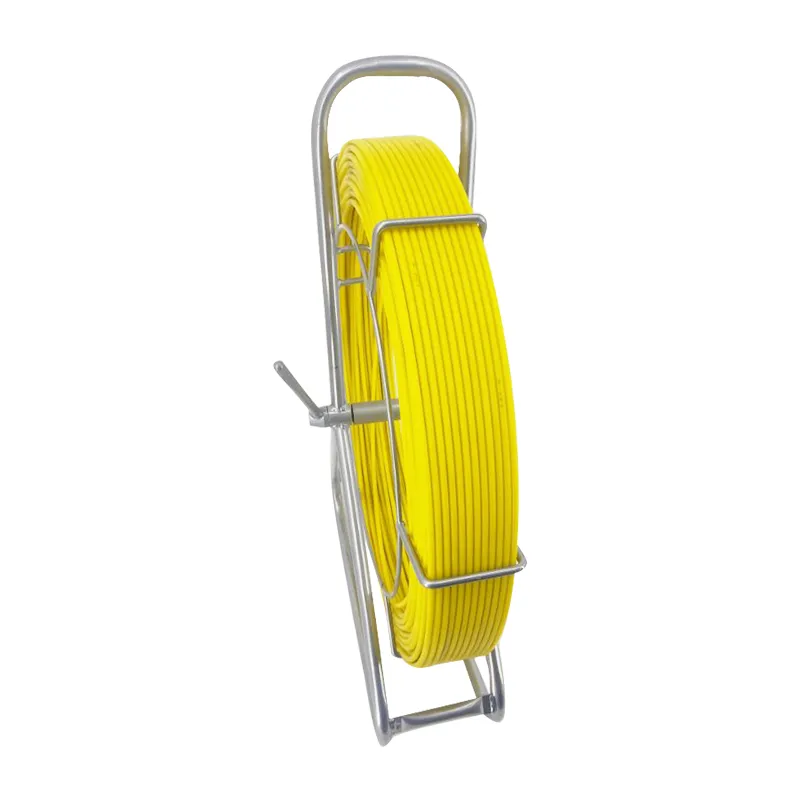
-
 Afrikaans
Afrikaans -
 Albanian
Albanian -
 Amharic
Amharic -
 Arabic
Arabic -
 Armenian
Armenian -
 Azerbaijani
Azerbaijani -
 Basque
Basque -
 Belarusian
Belarusian -
 Bengali
Bengali -
 Bosnian
Bosnian -
 Bulgarian
Bulgarian -
 Catalan
Catalan -
 Cebuano
Cebuano -
 Corsican
Corsican -
 Croatian
Croatian -
 Czech
Czech -
 Danish
Danish -
 Dutch
Dutch -
 English
English -
 Esperanto
Esperanto -
 Estonian
Estonian -
 Finnish
Finnish -
 French
French -
 Frisian
Frisian -
 Galician
Galician -
 Georgian
Georgian -
 German
German -
 Greek
Greek -
 Gujarati
Gujarati -
 Haitian Creole
Haitian Creole -
 hausa
hausa -
 hawaiian
hawaiian -
 Hebrew
Hebrew -
 Hindi
Hindi -
 Miao
Miao -
 Hungarian
Hungarian -
 Icelandic
Icelandic -
 igbo
igbo -
 Indonesian
Indonesian -
 irish
irish -
 Italian
Italian -
 Japanese
Japanese -
 Javanese
Javanese -
 Kannada
Kannada -
 kazakh
kazakh -
 Khmer
Khmer -
 Rwandese
Rwandese -
 Korean
Korean -
 Kurdish
Kurdish -
 Kyrgyz
Kyrgyz -
 Lao
Lao -
 Latin
Latin -
 Latvian
Latvian -
 Lithuanian
Lithuanian -
 Luxembourgish
Luxembourgish -
 Macedonian
Macedonian -
 Malgashi
Malgashi -
 Malay
Malay -
 Malayalam
Malayalam -
 Maltese
Maltese -
 Maori
Maori -
 Marathi
Marathi -
 Mongolian
Mongolian -
 Myanmar
Myanmar -
 Nepali
Nepali -
 Norwegian
Norwegian -
 Norwegian
Norwegian -
 Occitan
Occitan -
 Pashto
Pashto -
 Persian
Persian -
 Polish
Polish -
 Portuguese
Portuguese -
 Punjabi
Punjabi -
 Romanian
Romanian -
 Russian
Russian -
 Samoan
Samoan -
 Scottish Gaelic
Scottish Gaelic -
 Serbian
Serbian -
 Sesotho
Sesotho -
 Shona
Shona -
 Sindhi
Sindhi -
 Sinhala
Sinhala -
 Slovak
Slovak -
 Slovenian
Slovenian -
 Somali
Somali -
 Spanish
Spanish -
 Sundanese
Sundanese -
 Swahili
Swahili -
 Swedish
Swedish -
 Tagalog
Tagalog -
 Tajik
Tajik -
 Tamil
Tamil -
 Tatar
Tatar -
 Telugu
Telugu -
 Thai
Thai -
 Turkish
Turkish -
 Turkmen
Turkmen -
 Ukrainian
Ukrainian -
 Urdu
Urdu -
 Uighur
Uighur -
 Uzbek
Uzbek -
 Vietnamese
Vietnamese -
 Welsh
Welsh -
 Bantu
Bantu -
 Yiddish
Yiddish -
 Yoruba
Yoruba -
 Zulu
Zulu


ກ.ຍ. . 03, 2024 02:53 Back to list
Types of Earthing Rods - A Comprehensive Guide
Types of Earthing Rods Ensuring Safety and Reliability in Electrical Systems
Earthing rods, also known as grounding rods, are essential components in electrical systems, providing a vital connection to the earth. They play a crucial role in protecting both people and equipment from electrical faults. Understanding the different types of earthing rods can help in selecting the appropriate one for specific applications and ensuring the safety and reliability of electrical installations.
1. Copper Earthing Rods
Copper earthing rods are among the most popular choices due to their excellent conductivity and resistance to corrosion. They typically come in various diameters, with common sizes ranging from 10 to 20 mm. The high conductivity of copper allows for efficient dissipation of electrical currents, making them ideal for areas that experience frequent lightning strikes or electrical surges. Additionally, copper rods can last for many years, reducing the need for frequent replacements.
2. Galvanized Steel Earthing Rods
Galvanized steel earthing rods are another commonly used type. These rods are coated with a layer of zinc to provide protection against corrosion. While galvanized steel does not conduct electricity as well as copper, it is more affordable and provides adequate performance in many applications. These rods are often used in industrial settings, where cost considerations may outweigh the need for superior conductivity.
3. Stainless Steel Earthing Rods
types of earthing rod

Stainless steel earthing rods are less commonly used but offer unique benefits. They exhibit excellent corrosion resistance, making them suitable for harsh environments, such as coastal areas or places with high humidity. Although stainless steel has a higher resistance compared to copper, its durability and resistance to environmental factors can justify its use in specific applications where longevity is critical.
4. Graphite Earthing Rods
Graphite earthing rods are a relatively newer option that combines conductivity with lightweight properties. These rods are made from composite materials, allowing for easier installation and handling. Their ability to dissipate current efficiently makes them suitable for environmentally sensitive areas where conventional metal rods might cause corrosion or contamination.
5. Composite Earthing Rods
Composite earthing rods are designed to marry the best qualities of various materials. They typically incorporate conductive materials coated with non-conductive composites, providing both durability and corrosion resistance. These rods are specifically engineered to function effectively in a wide range of soil conditions, making them versatile for different environmental scenarios.
Conclusion
Selecting the right type of earthing rod is crucial for ensuring the safety of electrical installations. Factors such as soil conditions, environmental exposure, conductivity requirements, and budget constraints should be carefully considered. By understanding the types of earthing rods available, electrical engineers and installers can make informed decisions that enhance the safety and reliability of electrical systems, ultimately contributing to a safer environment for everyone.
Latest news
What Are Construction Tools and How Are They Used?
NewsJul.11,2025
Professional-Grade Duct Rodding Tools for Superior Cable Installation
NewsJul.11,2025
Enhancing Safety and Efficiency with Modern Hot Stick Solutions
NewsJul.11,2025
Empowering Cable Installation with Advanced Rodder Solutions
NewsJul.11,2025
Elevate Your Cable Installation Projects with Cable Pulling Tools
NewsJul.11,2025
Efficient Cable Handling Solutions: Cable Rollers for Sale
NewsJul.11,2025











